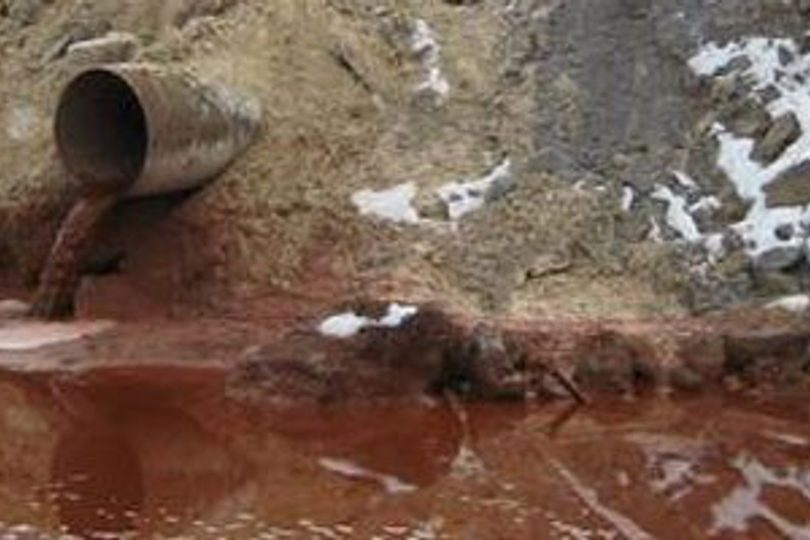
An environmental disaster that occurred in Hungary in 2010 could lead to a new way of removing carbon dioxide emissions from the atmosphere. Phil Renforth, James Martin Fellow at the Oxford Geoengineering Programme, explained how it works to Pete Wilton.
In October 2010 around 1 million cubic metres of highly caustic ‘red mud’ sludge was released from a waste containment facility near the Hungarian town of Ajka when a retaining wall failed.
The red mud, a by-product of aluminium production, contained substantial quantities of the strong base sodium hydroxide (lye) and resulted in dangerously high pH solutions. It also contained a cocktail of potentially toxic metals such as arsenic, chromium, and vanadium.
10 people died as a result of the incident and over 100 were injured. 4000 hectares of land were affected, with Greenpeace describing it as one of the top three environmental disasters in Europe in the last 20-30 years.
As part of initial cleanup efforts contaminated water was dosed with acid and gypsum was added to the streams and soils of the surrounding area.
Now Phil Renforth and colleagues from the Universities of Hull, Leeds, Newcastle and Budapest University of Technology and Economics - have shown, through geochemical analysis of deposited sediments left by the red mud, that the remediation techniques resulted in carbon dioxide being absorbed from the atmosphere.
The team recently reported their results in Science of the Total Environment.
‘It was not intentional or expected that the addition of gypsum, a naturally occurring mineral typically used in plasterboard, would sequester atmospheric carbon dioxide,’ Phil tells me. ‘This could have substantial implications for industries that produce high pH waste materials, like paper manufacturing.’
Atmospheric carbon dioxide (CO2) is the principle cause of global climate change, and research across the globe is underway to reduce CO2 emissions. Work at the University of Oxford, through the Geoengineering Programme at the Oxford Martin School, is investigating methods that actively remove CO2 from the air.
‘We know that high pH solutions absorb carbon dioxide from the atmosphere where it is held in solution as carbonate and bicarbonate ions,’ Phil explains. ‘The addition of gypsum supplied calcium to the solution and resulted in the formation of calcium carbonate minerals and the sequestration of carbon dioxide.’
The findings could result in new methods for capturing carbon out of thin air.
Image: the impact of the spill at Ajka, Hungary. Photo courtesy of Will Mayes.
This article first appeared on the University of Oxford Science blog.
This opinion piece reflects the views of the author, and does not necessarily reflect the position of the Oxford Martin School or the University of Oxford. Any errors or omissions are those of the author.